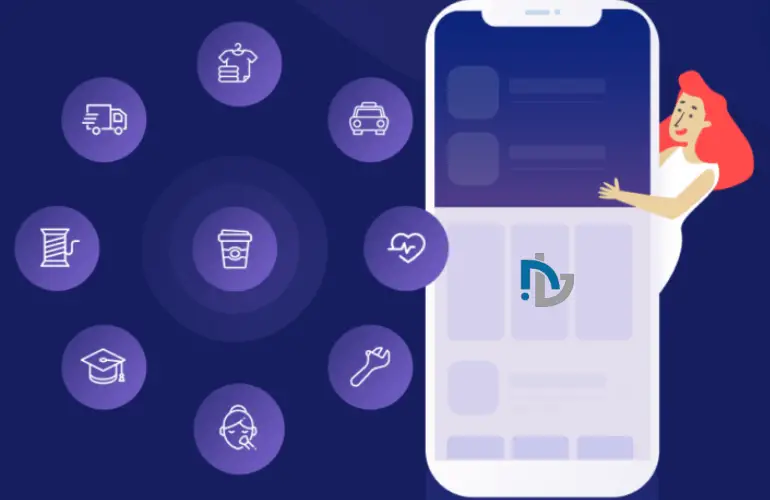The integration of ChatGPT into the Internet of Things (IoT) represents a significant advancement in how we interact with smart devices and manage vast networks of interconnected gadgets. This article explores the implications, applications, and potential future developments of embedding ChatGPT, an advanced AI language model, within IoT ecosystems.
The Convergence of AI and IoT
The Internet of Things (IoT) refers to the network of physical objects embedded with sensors, software, and other technologies for the purpose of connecting and exchanging data with other devices and systems over the Internet. When combined with AI capabilities, such as those offered by ChatGPT, IoT transcends its traditional boundaries, becoming not just interconnected but also intelligent.
Enhancing Interactivity with ChatGPT:
ChatGPT’s primary function in the IoT realm is to provide a more natural, conversational interface for interacting with smart devices. This improves user experience significantly, allowing users to communicate with their devices using natural language, rather than through limited, pre-defined commands. For example, a user could ask their smart home system to adjust the temperature or inquire about their daily schedule, and the system, powered by ChatGPT, would understand and execute these requests efficiently.
One of the key strengths of ChatGPT lies in its ability to process and analyze large volumes of data. In an IoT context, this means that ChatGPT can help make sense of the vast amounts of data generated by connected devices. It can identify patterns, provide insights, and even make predictions based on this data, which is invaluable for both consumers and businesses. For instance, in a manufacturing setting, ChatGPT can analyze data from various sensors to predict equipment failures before they occur, enabling proactive maintenance.
Personalization and Adaptation:
ChatGPT 日本語 learning capabilities allow it to adapt and personalize interactions over time. In an IoT setting, this means that devices can learn from user behaviors and preferences to provide a more tailored experience. For example, a smart thermostat, over time, can learn a user’s preferred temperature settings and adjust accordingly without explicit commands.
Enhancing Security in IoT Networks:
Security is a paramount concern in IoT networks due to the vast amount of sensitive data they handle and their potential vulnerability to cyber attacks. ChatGPT can enhance IoT security in several ways. Firstly, it can be used to create more sophisticated and conversational user authentication methods. Secondly, ChatGPT can assist in monitoring network activity for suspicious patterns, thereby aiding in the early detection of potential security breaches.
Scalability and Management
As IoT networks grow in size and complexity, managing them becomes increasingly challenging. ChatGPT can assist in managing these networks by automating routine tasks, diagnosing issues, and providing decision support for maintenance and optimization. This not only reduces the workload on human operators but also improves the efficiency and reliability of the IoT network.
Real-time Interaction and Decision Making
ChatGPT’s ability to process information and respond in real-time is incredibly beneficial in an IoT context. For time-sensitive applications, such as emergency response systems or real-time monitoring of critical infrastructure, ChatGPT can provide instant analysis and decision-making support, potentially saving lives and preventing major disruptions.
Future Prospects and Challenges
Looking ahead, the integration of ChatGPT into IoT has the potential to revolutionize various industries, from healthcare to smart cities. The combination of IoT’s data-gathering capabilities and ChatGPT’s processing and analytical powers could lead to unprecedented levels of automation and efficiency.
However, this integration is not without challenges. Privacy concerns are paramount, as the combination of IoT and AI could lead to invasive data collection if not properly regulated. Additionally, there are concerns about the reliance on AI for critical decision-making, which necessitates robust and fail-safe AI systems to prevent catastrophic failures.
Conclusion
The integration of ChatGPT into the Internet of Things heralds a new era of intelligent interconnectivity. By enhancing user interaction, improving data processing and analytics, personalizing experiences, and aiding in network management and security, ChatGPT is set to transform the IoT landscape. While challenges remain, particularly in terms of privacy and reliability, the potential benefits of this convergence are vast and hold the promise of shaping a smarter, more responsive world. As we move forward, it will be crucial to address these challenges head-on, ensuring that the fusion of AI and IoT leads to positive outcomes for individuals and society at large.






